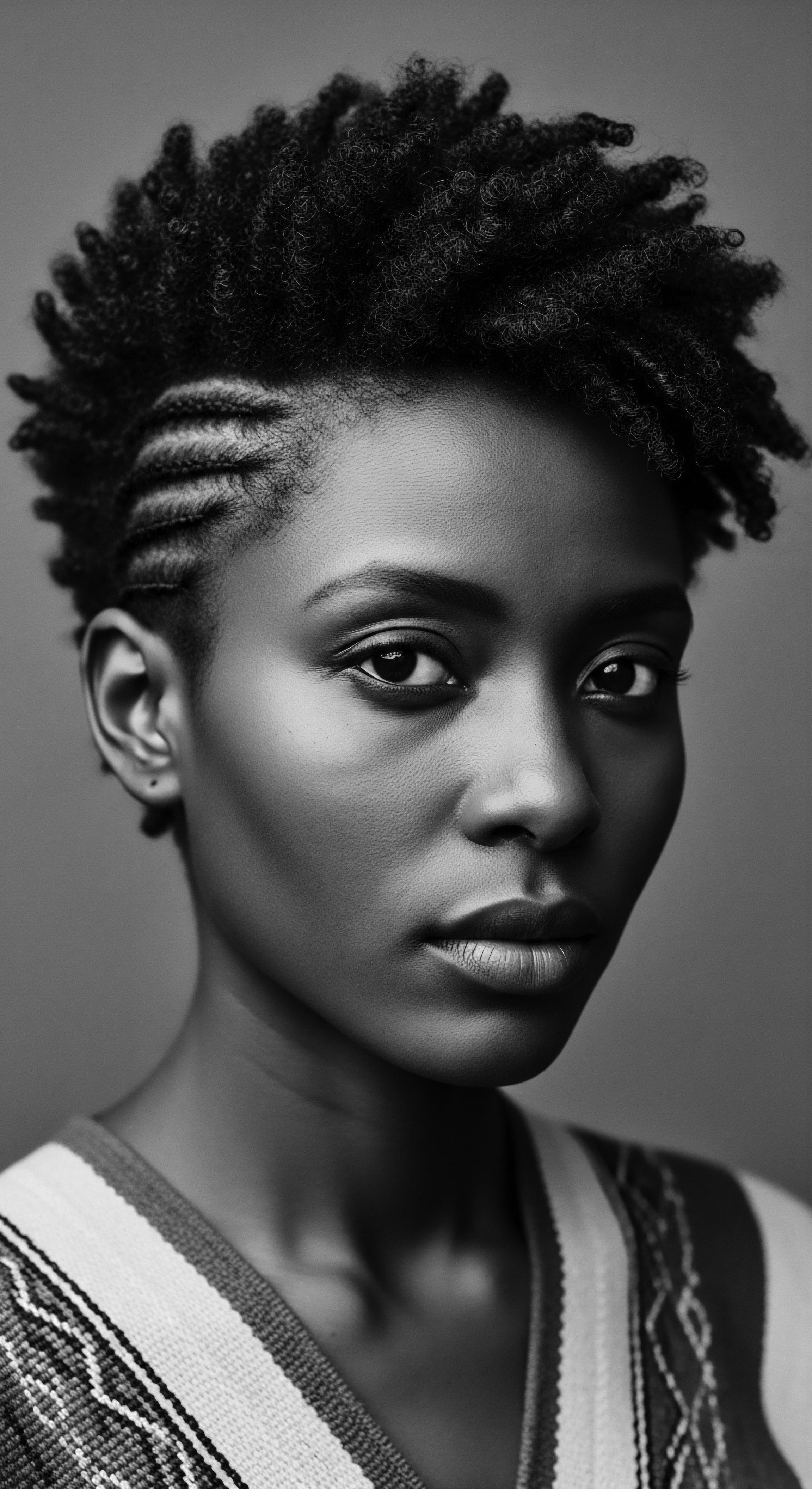
Roots
The very notion of beauty, as it is understood across contemporary global landscapes, often rests upon foundations that fail to acknowledge the vast, resilient wisdom of diverse human experiences. For generations, the vibrant, deeply coiled strands, the textured crowns that so many carry, were deemed less than ideal by prevailing, often Eurocentric, aesthetics. Yet, within the whispers of oral histories and the enduring patterns etched into ancient artifacts, a different story begins to unfurl. This is a story of hair not as a mere appendage, but as a living archive, a repository of identity, status, spirituality, and knowledge, meticulously passed down through the ages.
Can the deeply rooted African hair traditions, with their profound reverence for the natural coil and curl, truly reshape these contemporary beauty standards, inviting a more authentic, inclusive vision of allure? The answer begins in the very architecture of a strand, echoing practices long before modern mirrors existed.
Our understanding of hair’s foundational biology, particularly for those with a heritage rooted in Africa, must extend beyond simple diagrams. The unique elliptical shape of the follicle, the way the keratin bundles spiral within the cortex, and the varied distribution of disulphide bonds all contribute to the mesmerizing diversity of textured hair. This intrinsic structure, far from being a flaw, dictates its elasticity, its volume, and its sometimes challenging, yet always captivating, coiling patterns. When we speak of ancestral practices, we are not simply speaking of styles; we are speaking of an intuitive, almost scientific, understanding of this unique biology.
Ancient communities recognized the specific needs of their hair long before electron microscopes. They observed how different atmospheric conditions, distinct plant remedies, and particular handling techniques impacted the hair’s health and appearance. Their methods, refined over millennia, were a testament to close observation and deep connection to their environment.
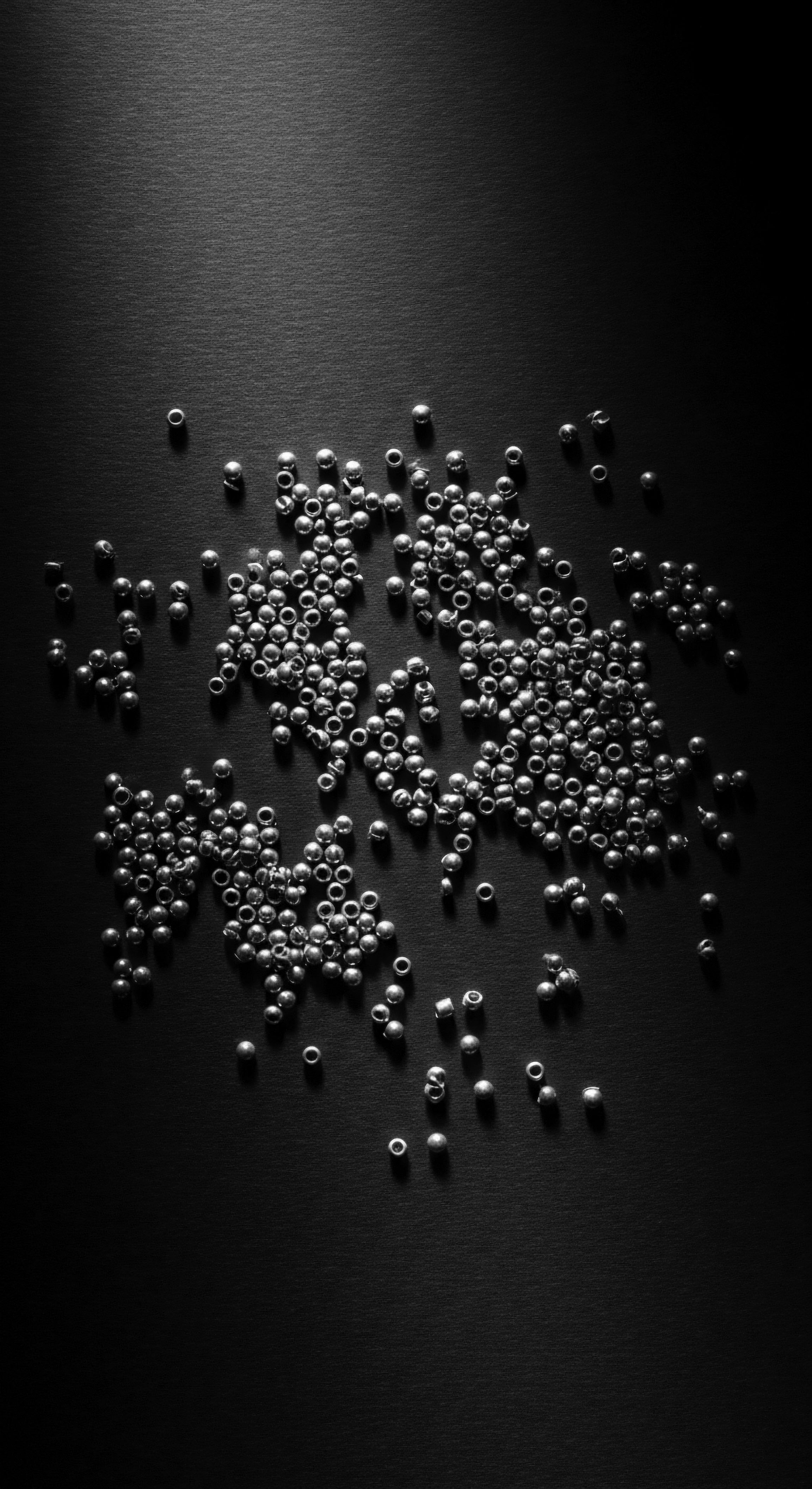
Understanding Hair’s Ancestral Architecture
The earliest insights into hair’s composition were not from laboratories, but from hands that tended it. Indigenous knowledge systems understood that hair was a living entity, constantly growing, shedding, and renewing. They recognized its connection to the overall health of the body and spirit. This holistic understanding was manifest in their daily grooming rituals.
They knew, for instance, that friction could lead to breakage, that moisture was essential for suppleness, and that certain herbs or oils possessed restorative properties. These practices, though perhaps not articulated with modern scientific terminology, often align remarkably well with contemporary trichology.
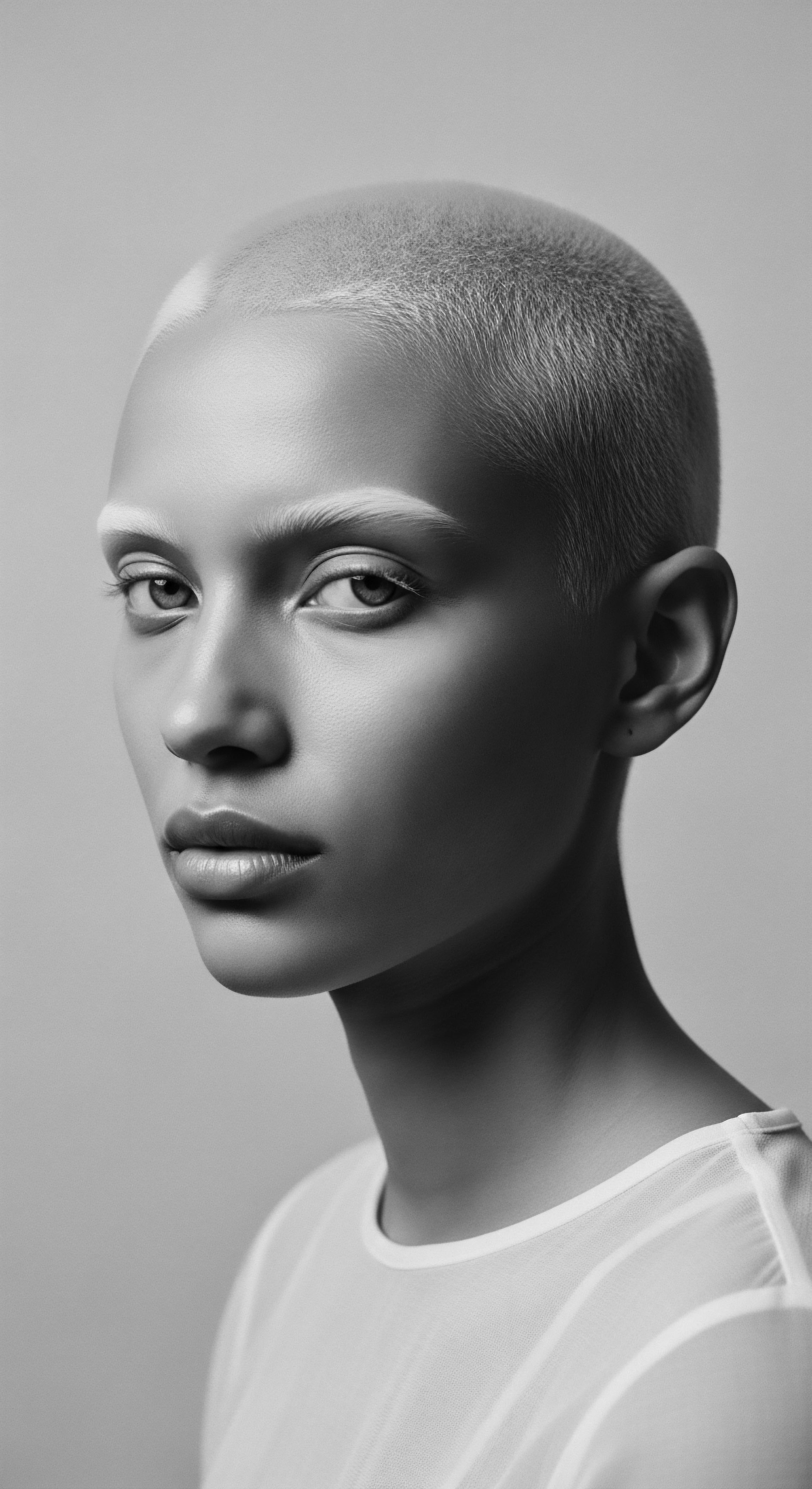
How Does Follicle Shape Affect Hair Texture?
The shape of the hair follicle plays a fundamental role in determining the curl pattern. While straight hair typically emerges from round follicles, African textured hair often originates from an elliptical or flattened follicle. This unique shape causes the hair shaft to grow in a curved manner, creating the characteristic coils, kinks, and curls. The distribution of keratin, the protein that makes up hair, is also less uniform in textured hair, leading to areas of varying strength along the strand.
This inherent characteristic, which has historically been pathologized by dominant beauty narratives, is precisely what gives textured hair its incredible volume, spring, and versatility. To truly appreciate the wisdom of ancient traditions, one must first appreciate the biological truths they inherently respected.
The fundamental shape of the follicle profoundly influences the distinct curl patterns of textured hair, a biological truth inherently respected by ancient care practices.
Consider the practices of communities in ancient Nubia, where hair was often adorned with elaborate braids and extensions, not merely for aesthetic appeal but as indicators of social standing, marital status, or tribal affiliation. These styles required careful preparation and maintenance, suggesting a nuanced understanding of hair manipulation and preservation. The use of natural fats, plant extracts, and mineral pigments speaks to an empirical knowledge of what nurtured and protected these unique hair structures from environmental stressors.
The lexicon used to describe textured hair in contemporary discourse often stems from a colonial gaze, categorizing hair types in ways that can feel clinical or even judgmental. However, within African traditional societies, descriptions were far more nuanced and descriptive, celebrating the varying degrees of curl and coil. Terms often referenced natural elements – the tight coil of a fern frond, the gentle ripple of water, the intricate pattern of a spider’s web – reflecting a connection to the natural world. These descriptions were imbued with reverence, not with judgment based on an arbitrary standard of “straightness.”
| Historical African Terminology Kiko (referencing very tight coils, often adorned) |
| Associated Cultural Significance and Care Indicated status or readiness for ceremony; required gentle handling to preserve integrity. |
| Contemporary Relevance to Textured Hair Heritage Emphasizes the strength and versatility of coily patterns, inspiring protective styling. |
| Historical African Terminology Nkisi (a Bantu term, hair as sacred conduit) |
| Associated Cultural Significance and Care Hair seen as a spiritual antenna connecting to ancestors and cosmic forces. |
| Contemporary Relevance to Textured Hair Heritage Reinforces hair care as a ritual of self-connection and ancestral honor. |
| Historical African Terminology Ukwesuka (referencing the 'springing back' of curls) |
| Associated Cultural Significance and Care Celebrated the inherent elasticity and vibrancy of natural hair. |
| Contemporary Relevance to Textured Hair Heritage Highlights the beauty of natural definition and the importance of moisture. |
| Historical African Terminology Understanding the ancestral language of hair care provides a deeper connection to its historical and cultural significance. |
The growth cycle of textured hair also carries implications for its care, implications understood by ancient practices. Hair grows in phases ❉ Anagen (growth), Catagen (transition), and Telogen (resting and shedding). Textured hair, due to its coiling structure, is prone to tangling and breakage if not handled with care. Ancient communities developed techniques like pre-detangling with oils, communal braiding, and specific partings to minimize stress on the hair shaft and preserve length.
This collective wisdom speaks to a deep understanding of maintaining hair’s health throughout its entire cycle, not just focusing on quick fixes. The very process of tending to hair was a rhythmic dance with its natural life cycle, a practice steeped in patience and foresight.
- Chebe Powder ❉ Historically used by Basara women in Chad, this blend of herbs (including croton gratissimus, mahllaba soubiane, missic, cloves, and samour) is known for fortifying hair strands, reducing breakage, and promoting length retention. Its use underscores an ancestral understanding of botanical benefits for hair integrity.
- Shea Butter ❉ A staple across West Africa, extracted from the nuts of the shea tree, its emollient properties were recognized for moisturizing and protecting hair from harsh climates, a practice now validated by its rich fatty acid profile.
- African Black Soap ❉ Originating from West Africa, made from the ash of plantain skins, cocoa pods, and palm leaves, this cleansing agent was used for both skin and hair, valued for its gentle yet effective purifying action, demonstrating early insights into natural cleansing.
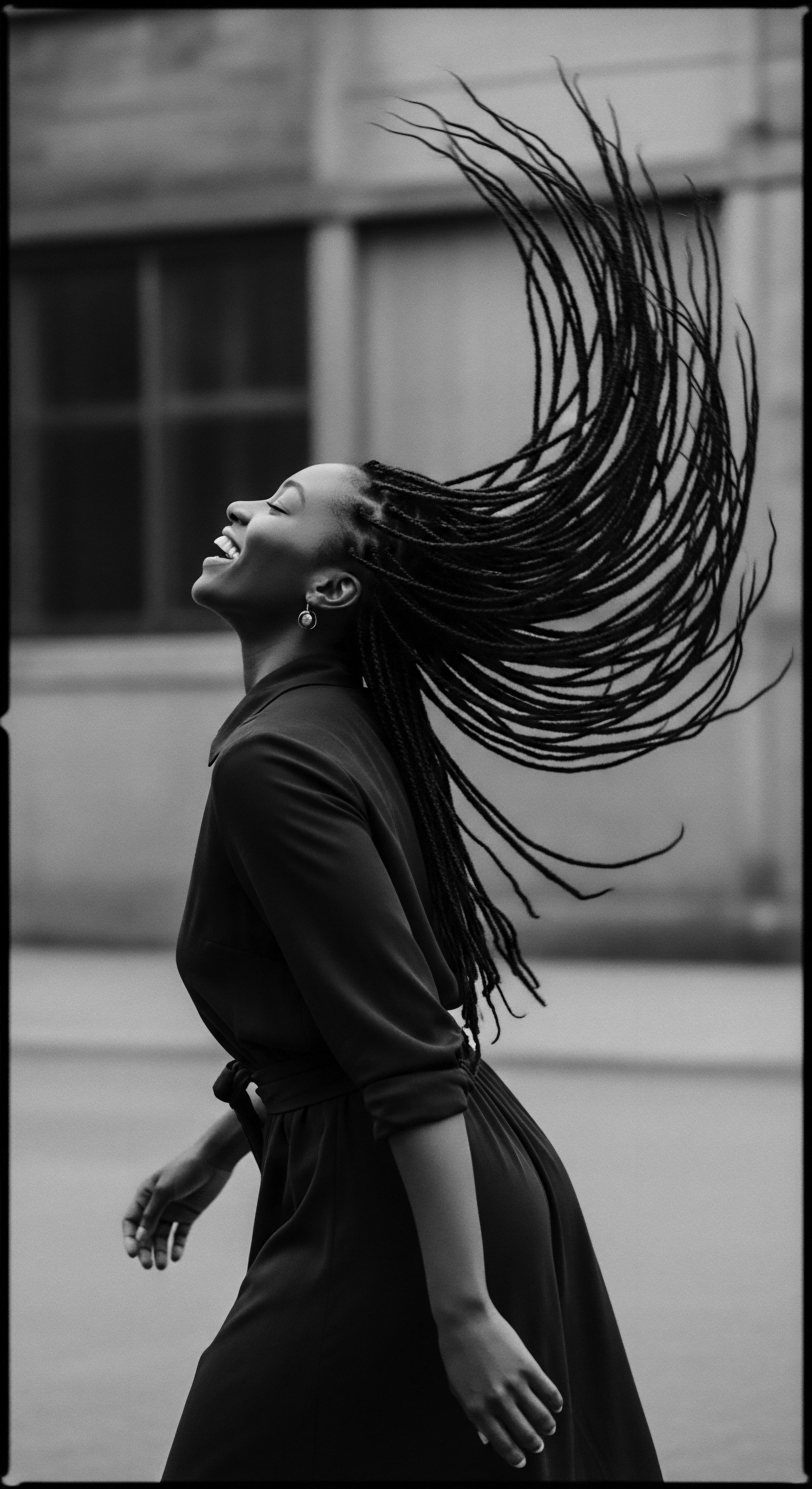
Ritual
The rhythmic motion of hands through hair, the fragrant steam rising from herbal infusions, the hushed conversations exchanged during a communal styling session – these elements transcend mere grooming; they represent a living ritual, a thread connecting individuals to their lineage. The question of whether ancient African hair traditions can redefine contemporary beauty standards finds its profound affirmation within these rituals, where hair care was not a solitary act of vanity, but a shared experience, a ceremony, a communal art. The techniques, tools, and transformations rooted in these practices tell a story of resilience, ingenuity, and a celebratory posture towards the natural state of textured hair. This deeply embedded heritage offers a counter-narrative to beauty ideals that often prioritize speed and superficial change over the deliberate cultivation of health and spiritual connection.
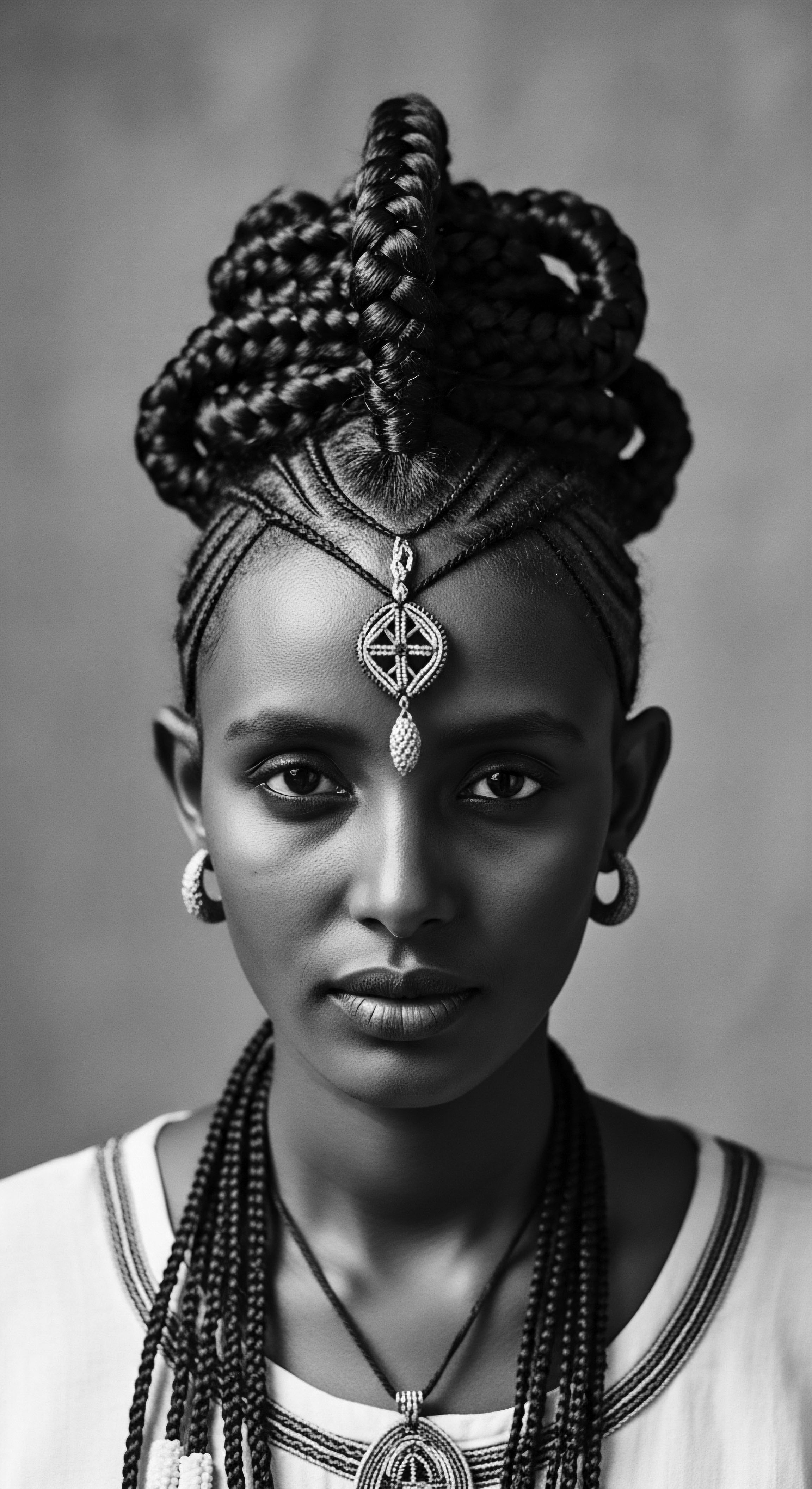
Protective Styles as Living Heritage
From the intricate cornrows of the Nok civilization to the majestic braided crowns of the Fulani, protective styles have always been more than aesthetic choices; they are historical texts written in hair. These styles served myriad purposes ❉ safeguarding hair from environmental damage, signifying marital status, indicating social hierarchy, mourning, or celebrating rites of passage. The meticulous nature of their construction speaks to an understanding of tension, weight distribution, and scalp health that predates modern scientific studies. The protective styling encyclopedia, if one were to compile it from ancestral wisdom, would be a sprawling volume of ingenious methods for preserving length and encouraging robust growth by minimizing manipulation.
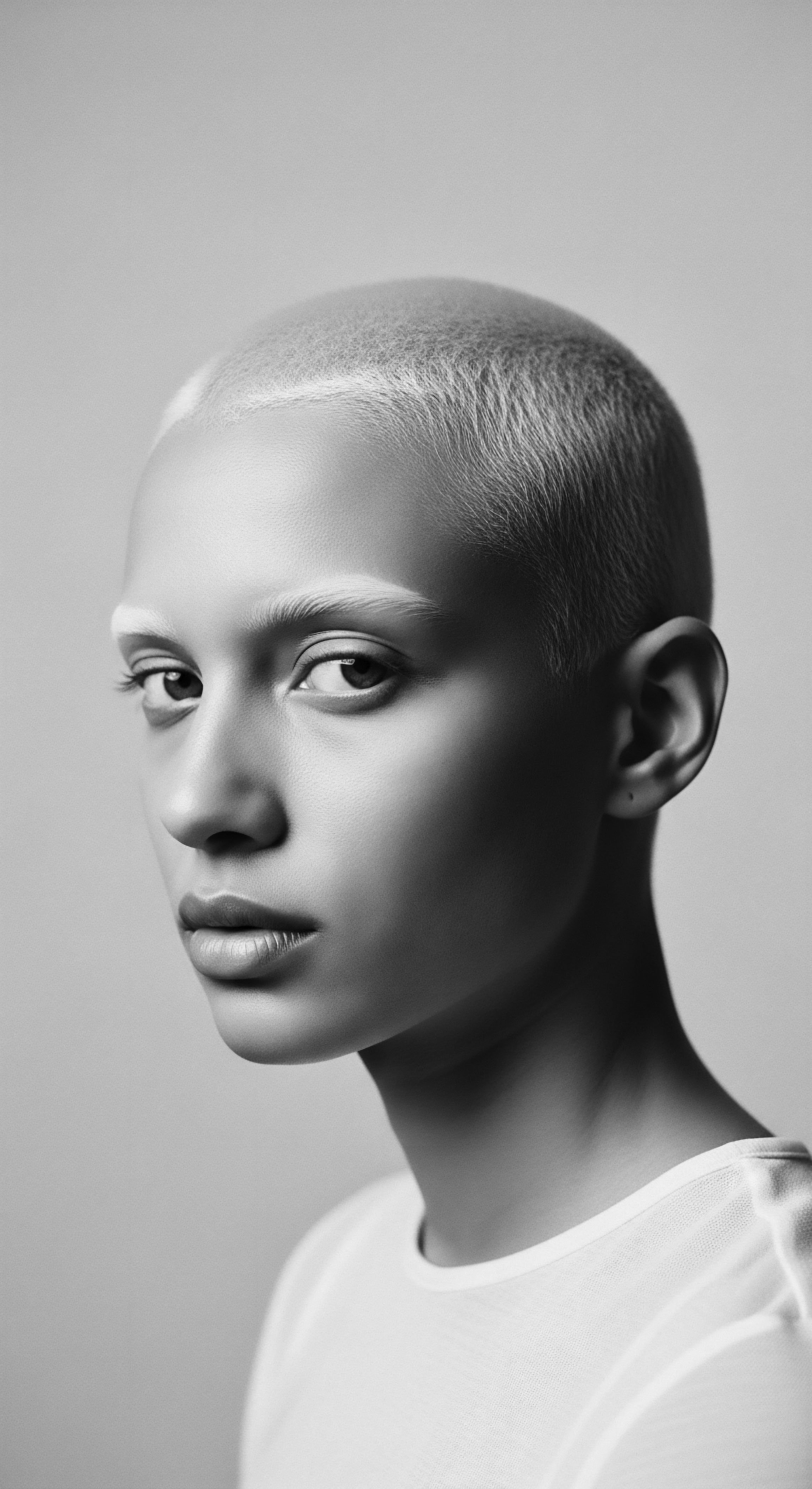
How Did Traditional African Braiding Protect Hair?
Traditional African braiding, often performed communally, inherently understood the principles of low manipulation. Hair was sectioned precisely, ensuring even tension, and braids were created in ways that minimized stress on the scalp and hairline. Oils and emollients, such as Palm Oil or Shea Butter, were routinely applied during the braiding process to lubricate the strands and reduce friction. These methods shielded the delicate ends of the hair, which are most prone to breakage, allowing for length retention.
The concept was simple yet profound ❉ by tucking away the hair and reducing daily styling, the hair was given a chance to rest and flourish. This deliberate act of preservation, deeply ingrained in cultural practices, offers a powerful lesson for contemporary approaches to textured hair care, emphasizing mindful handling over constant manipulation.
Protective styles, born from centuries of ancestral wisdom, offer a timeless strategy for safeguarding textured hair, fostering its health and length.
Consider the Edo People of Nigeria, whose hair was often intricately braided and adorned with coral beads, signifying high rank within the Benin Kingdom. These elaborate coiffures were not quickly assembled; they were the product of hours, sometimes days, of communal effort, with women gathering to braid each other’s hair. This collective experience reinforced community bonds and ensured the passing down of techniques through generations.
The act of styling became a social ritual, a space for storytelling, mentorship, and shared heritage. This communal aspect stands in stark contrast to the often isolated, individualistic nature of modern beauty practices, suggesting a richer, more connected path.
The art of natural styling and definition techniques, as practiced in ancient Africa, revolved around enhancing the hair’s inherent beauty rather than attempting to alter its fundamental texture. Methods involved using water, plant-based gels, and natural oils to clump curls, reduce frizz, and highlight the natural coil pattern. Think of the historical use of mucilaginous plants, perhaps from the Aloe Vera plant, as natural styling aids. These ingredients not only defined curls but also imparted moisture and nutrients, reflecting a holistic approach where styling and care were inseparable.
Wigs and hair extensions, often viewed as modern inventions, possess a rich and enduring history in African societies. Far from being merely cosmetic, they served ceremonial, protective, and symbolic functions. In ancient Egypt, elaborate wigs made from human hair, wool, or plant fibers were worn by both men and women, often imbued with fragrant resins and adorned with jewels.
These were symbols of wealth, status, and protection from the harsh sun. The historical use of extensions by the Maasai and Himba Women, who incorporate natural fibers or animal hair into their own tresses, speaks to a heritage of enhancing and altering hair for ritualistic purposes or as an expression of identity, not as a means to conform to non-indigenous hair ideals.
- Combs ❉ Hand-carved from wood, bone, or ivory, these tools, often possessing spiritual or symbolic carvings, were designed with wide teeth to gently detangle and section textured hair, minimizing breakage.
- Hair Picks ❉ Used historically to lift and volumize hair, these tools allowed for shaping and fluffing without excessive manipulation, reflecting a preference for natural volume.
- Hair Adornments ❉ Beads, cowrie shells, gold, and other precious materials were woven into hair, not just for beauty, but to signify social status, rites of passage, or tribal affiliation, making hair a profound visual language.
While heat styling and thermal reconditioning are contemporary methods, understanding their ancestral counterparts provides a safety-first perspective. Traditional African communities largely relied on natural air-drying or sun-drying techniques, often in conjunction with protective styles. When heat was involved, it was typically indirect, such as sitting by a fire or using heated stones to warm oils for deeper penetration. The objective was rarely to permanently alter the curl pattern, but to facilitate styling or increase product absorption.
This inherent caution towards high heat offers a sobering contrast to modern practices that can sometimes prioritize temporary sleekness over long-term hair health. The complete textured hair toolkit, therefore, from an ancestral perspective, was one that valued gentleness, natural elements, and community over harsh chemicals or extreme temperatures.
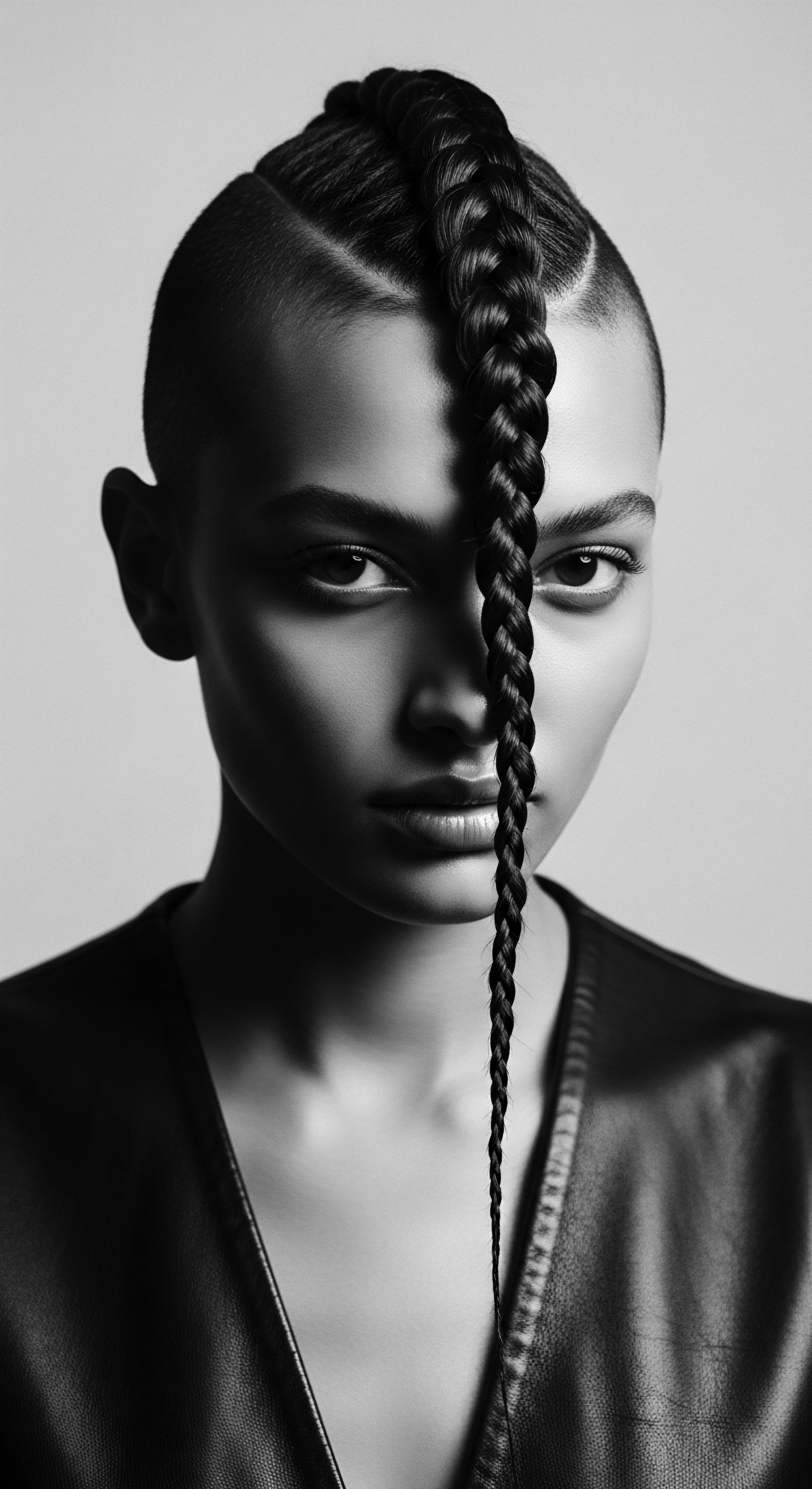
Relay
To consider whether ancient African hair traditions possess the power to redefine contemporary beauty standards is to embark on a sophisticated analysis, one that demands a departure from surface-level aesthetics and a deep dive into the underlying cultural, scientific, and even economic forces at play. This is not simply a matter of adopting old styles; it is about recognizing the inherent authority and transformative potential of practices steeped in generations of communal wisdom. The transmission of these traditions, from the elemental biology of the strand to the complex sociopolitical narratives woven around it, forms a relay of knowledge, a continuum from past to present, informing a future where beauty is truly liberated. Here, the ancestral wisdom intersects with modern scientific validation, offering a compelling argument for a recalibration of what is considered beautiful.
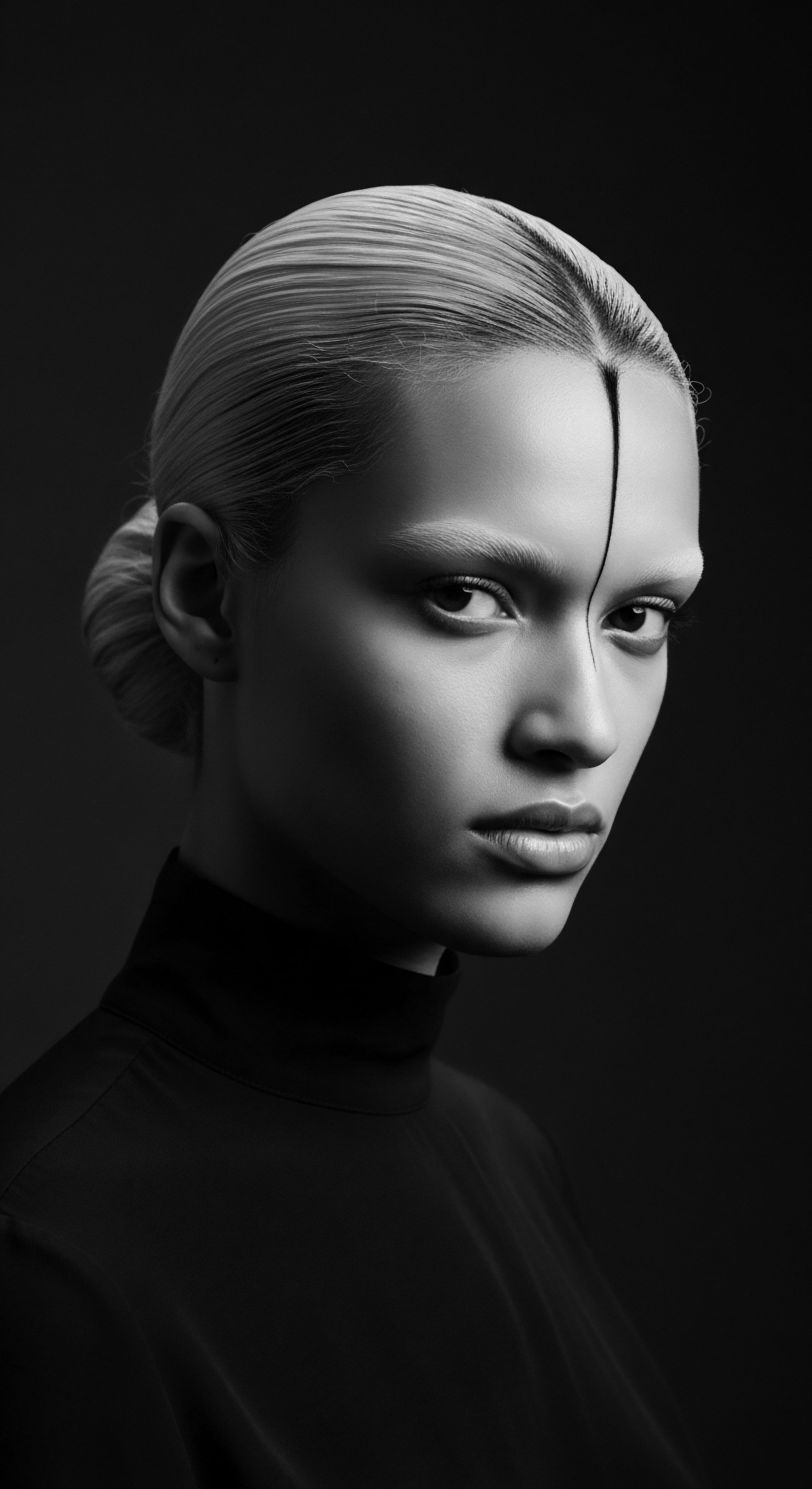
The Science of Ancestral Care Validating Contemporary Wellness
Modern trichology, with its advanced understanding of hair biology and chemistry, frequently finds itself confirming the efficacy of practices that have been staples in African hair traditions for centuries. For instance, the use of plant-based oils and butters for scalp health and moisture retention—such as Baobab Oil or Marula Oil— aligns with contemporary research on lipid barriers and oxidative stress. These natural ingredients, often rich in fatty acids, antioxidants, and vitamins, provided both a protective layer and nourishment, intuitively understood by ancestral practitioners to fortify the hair and scalp. This convergence of ancient wisdom and modern science strengthens the argument for integrating these heritage practices into broader beauty discourse.
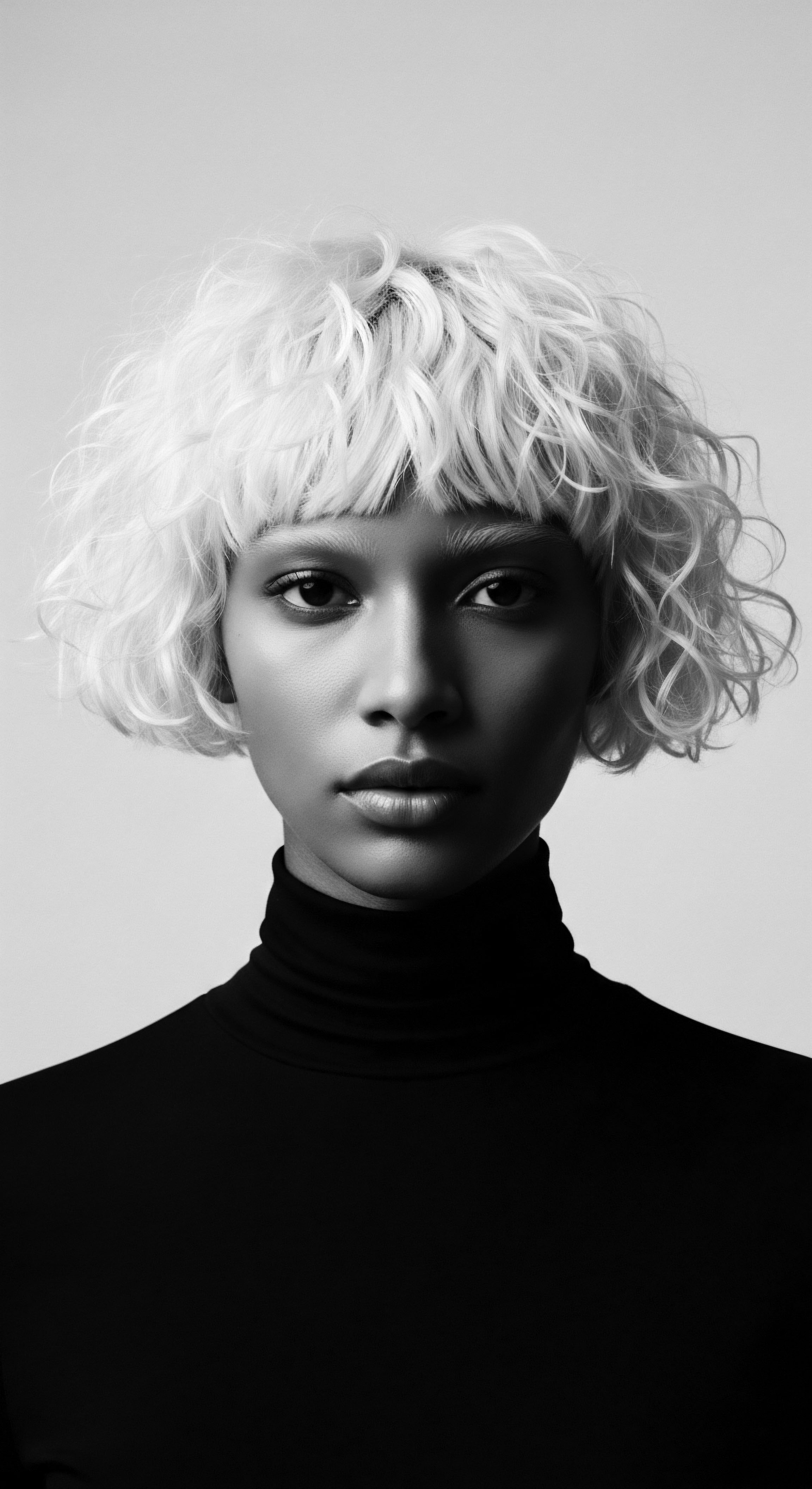
How Do Traditional Ingredients Compare to Modern Formulations?
Many traditional African hair care ingredients, often harvested wild or cultivated sustainably, represent concentrated sources of beneficial compounds. Moringa Oil, for example, widely used in parts of Africa, is replete with vitamins A, C, and E, as well as essential fatty acids, making it a powerful emollient and antioxidant. Compare this to many modern formulations that rely on synthetic compounds, silicones, and often a long list of chemicals. While synthetic science offers specific benefits, the ancient approach prioritized ingredients that were readily available from nature and often multipurpose, minimizing exposure to harsh agents.
A study by Diarra and Johnson (2018) on West African traditional hair care practices noted the high prevalence of natural botanicals and oils, often used in their raw, unrefined forms, correlating with reported scalp health and reduced hair breakage among users. This case study underscores the empirical success of ancestral practices rooted in readily available, unprocessed natural resources.
The enduring effectiveness of ancestral hair care, often rooted in botanical ingredients, finds powerful validation in contemporary scientific understanding.
The concept of a personalized textured hair regimen, a central tenet of modern natural hair movements, echoes the adaptive nature of ancestral care. Communities in varying climatic zones, with differing access to botanical resources, developed unique regimens tailored to their specific needs. This wasn’t a one-size-fits-all approach but a highly localized and flexible system, drawing upon available flora and traditional knowledge of their properties. This adaptable methodology stands as a testament to the sophistication of ancestral care philosophies, moving beyond rigid, commercially driven product lines.
The nighttime sanctuary, marked by the use of protective head wraps and bonnets, is a practice deeply embedded in African heritage, now finding widespread acceptance in contemporary textured hair care. From the elegant headties of West Africa to the meticulously wrapped turbans worn across the continent, these coverings served to protect elaborate styles, maintain moisture, and shield hair from dust and environmental damage. The contemporary satin bonnet, a staple for many with textured hair, is a direct descendant of this ancestral wisdom, preventing friction, preserving curl patterns, and minimizing moisture loss during sleep. The scientific validation for this simple yet profound practice lies in its ability to reduce mechanical stress on the hair shaft, which is particularly fragile in its dry state.
| Traditional Practice (Ancient Africa) Headties/Wraps (e.g. Gele, Duku) |
| Purpose and Heritage Context Protected elaborate daytime styles, signified status, cultural identity, spiritual significance. Materials often cotton or silk. |
| Modern Application (Contemporary Beauty) Satin/Silk Bonnets/Scarves ❉ Preserve curl definition, prevent friction frizz, maintain moisture. Focus on hair health. |
| Traditional Practice (Ancient Africa) Sleeping on Animal Skins/Mats |
| Purpose and Heritage Context Provided a softer, less abrasive surface than rough ground, minimizing hair damage during sleep. |
| Modern Application (Contemporary Beauty) Silk Pillowcases ❉ Reduce friction on hair strands, prevent breakage and frizz, promoting smoother cuticles. |
| Traditional Practice (Ancient Africa) Oiling Scalp Before Sleep |
| Purpose and Heritage Context Nourished scalp, promoted hair growth, kept hair supple. Often with medicinal herbs. |
| Modern Application (Contemporary Beauty) Pre-sleep Scalp Massages with Oils ❉ Stimulate circulation, deliver nutrients, lock in moisture for overnight repair. |
| Traditional Practice (Ancient Africa) The enduring wisdom of protecting hair during rest, passed down through generations, continues to shape effective contemporary care regimens. |
Textured hair problem-solving, when viewed through an ancestral lens, moves beyond quick fixes to address root causes. Conditions like dryness, breakage, and scalp irritation were often addressed with a deep understanding of botanical remedies and lifestyle adjustments. For instance, the traditional use of Fenugreek for hair growth and scalp health in North Africa and the Middle East, or Amla in South Asia, aligns with current research on their anti-inflammatory and hair-strengthening properties. The problem-solving compendium from these ancient traditions would be a wealth of knowledge, not just of remedies, but of preventative care grounded in observation and connection to the body’s natural rhythms.
- Alopecia Areata (historical Approaches) ❉ Some ancestral practices involved scalp massage with specific stimulating herbs like Rosemary or Nettle, combined with dietary adjustments, reflecting a belief in holistic internal and external balance.
- Scalp Irritation (traditional Remedies) ❉ Natural anti-inflammatory agents like Aloe Vera or poultices made from soothing leaves were applied to calm irritated scalps, recognizing the importance of scalp health as foundational to hair health.
- Breakage (ancestral Prevention) ❉ Emphasis on gentle handling, detangling with wide-toothed tools, and frequent protective styling to minimize mechanical stress on fragile textured strands, thus preserving length.
The holistic influences on hair health in ancient African societies saw hair not in isolation but as an integral part of overall wellbeing. Dietary practices, spiritual alignment, and communal harmony were all understood to impact the vitality of one’s hair. This perspective stands in stark contrast to a contemporary beauty industry that often compartmentalizes hair care into a purely cosmetic concern, divorced from the body’s internal state.
When African traditions redefined contemporary beauty standards, they would call for a return to this integrated view, where the luster of one’s hair is a true reflection of inner equilibrium and a deep connection to one’s heritage and environment. The enduring power of these ancestral philosophies offers not merely a new aesthetic, but a pathway to a more resonant and meaningful relationship with one’s self.

Reflection
The journey through ancient African hair traditions, from the intrinsic biological uniqueness of textured strands to the profound communal rituals of care, ultimately leads to a singular, resounding truth ❉ these practices hold immense power to redefine our contemporary understanding of beauty. This is not a call for a mere nostalgic return, but an invitation to a deeper, more resonant understanding of hair as a living, breathing testament to heritage, resilience, and identity. The ‘Soul of a Strand’ ethos, a concept that celebrates the inherent vitality and profound story within each coil and kink, finds its ultimate expression in this ongoing dialogue between ancestral wisdom and the modern world.
What becomes clear is that the pursuit of beauty, when divorced from cultural context and historical reverence, can become a shallow exercise. Ancient African traditions, conversely, offered a model where hair was inextricably linked to social standing, spiritual connection, and the very fabric of community. The meticulous care, the patience invested in styling, the reliance on natural elements – these were not inconveniences but integral components of a life lived in harmony with the self and the collective. They provide a powerful counterpoint to a commercialized beauty landscape that often promotes rapid, often chemically driven, alteration and an unrealistic, monolithic ideal.
The legacy of textured hair, particularly within Black and mixed-race communities, carries the weight of historical struggles, yet it also carries the immense strength of perseverance. To embrace and honor these traditions is to acknowledge a lineage of wisdom that predates colonialism, offering a robust foundation for self-acceptance and self-love. It allows for a reclaiming of agency, moving away from external validation towards an internal appreciation for one’s authentic genetic and cultural inheritance. The contemporary beauty standard, therefore, must expand to truly appreciate the intricate artistry and profound heritage embodied by textured hair.
It must recognize that true allure stems not from conformity, but from the confident assertion of one’s unique, historically rich identity. The ancestral echoes persist, inviting a future where every strand, every texture, is celebrated as a unique manifestation of intrinsic beauty.
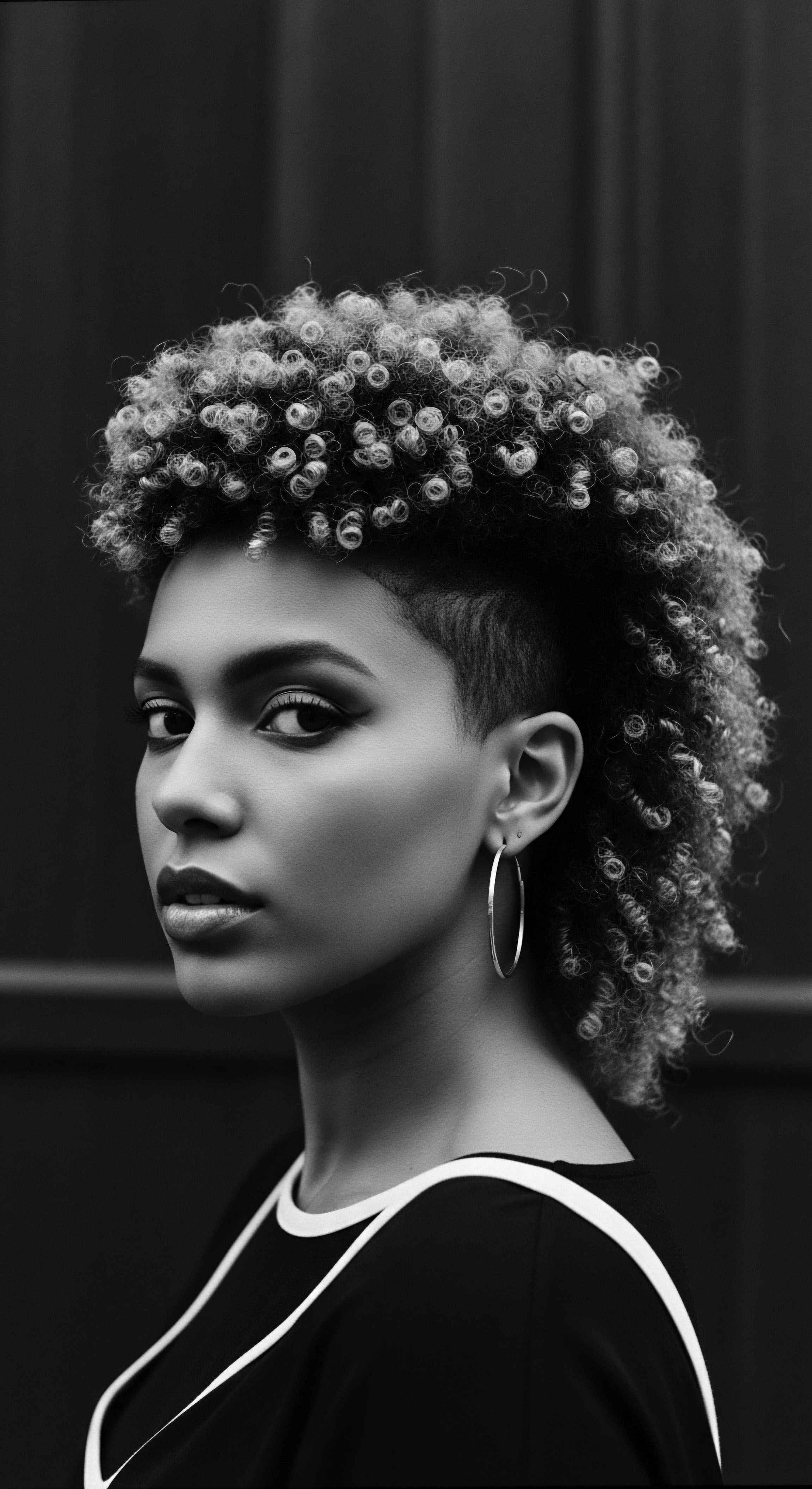
References
- Byrd, A. D. & Tharps, L. (2014). Hair Story ❉ Untangling the Roots of Black Hair in America. St. Martin’s Griffin.
- Cade, T. (1970). The Black Woman ❉ An Anthology. New American Library.
- Diarra, A. & Johnson, N. (2018). Traditional Hair Care Practices in West Africa ❉ A Study of Botanical Use and Hair Health. Journal of African Studies, 45(2), 187-203.
- Hooks, b. (1995). Art on My Mind ❉ Visual Politics. The New Press.
- Opoku, A. A. (1978). Festivals of Ghana. Ghana Publishing Corporation.
- Okeke, C. S. (2009). The Hair in African Art and Culture. The National Museum of African Art.
- Porter, C. (2016). The Black Hair Handbook ❉ A Guide to the Art of Natural Hair. CreateSpace Independent Publishing Platform.
- Sims, G. (2007). Hair ❉ A Cultural History. University of Chicago Press.
